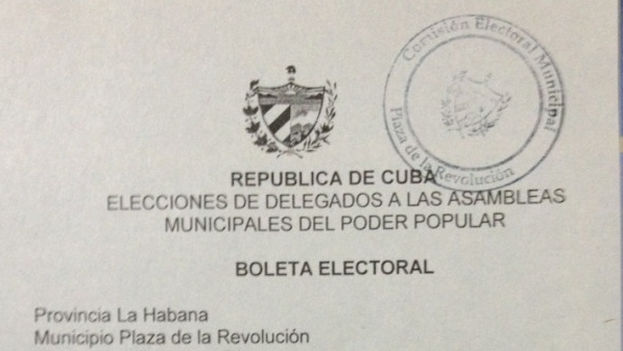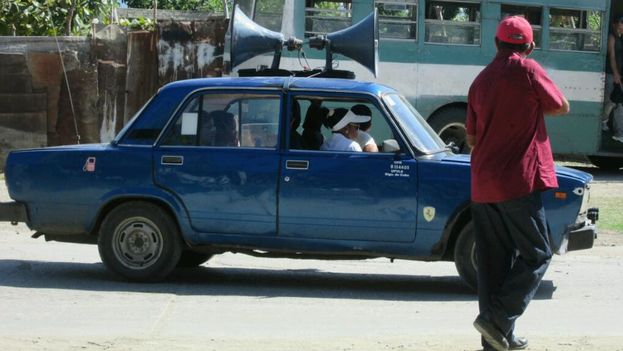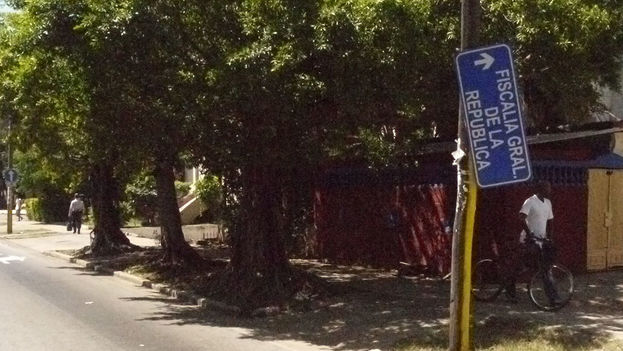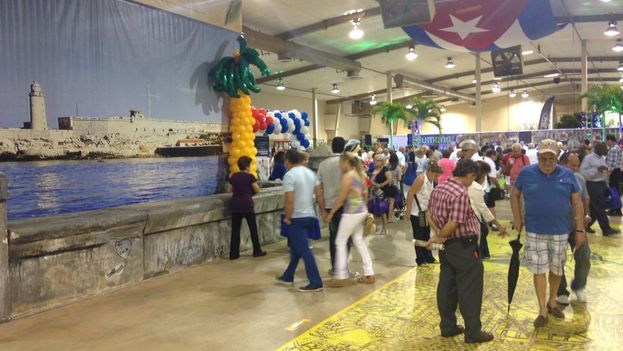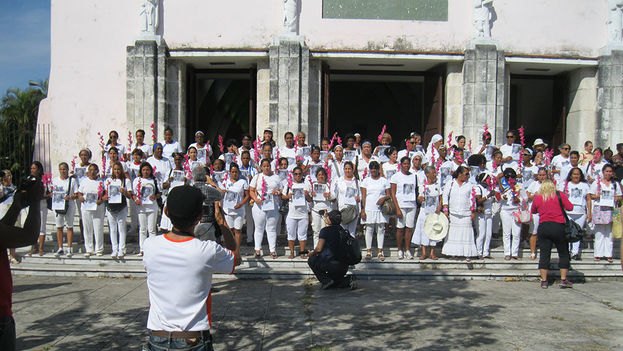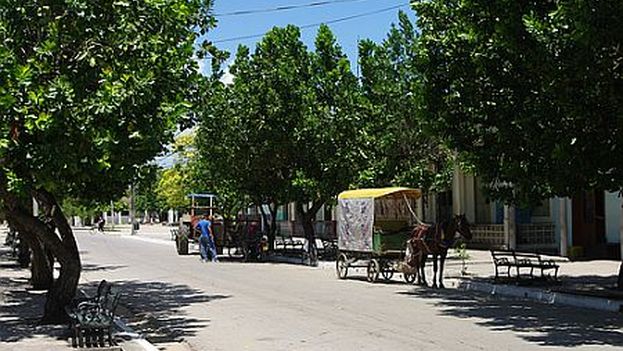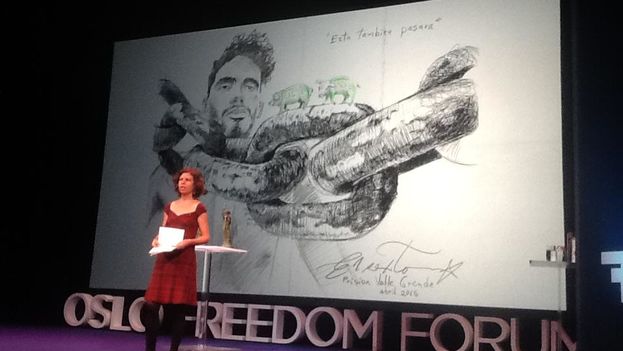
![]() 14ymedio, Yoani Sanchez, Havana, 8 June 2015 – I searched the screen fruitlessly for those faces I know so well. In every report on TV about the International Conference on New Scenarios of Political Communication in the Digital Realm, I scanned the guests to identify geeks, computer scientists, bloggers, tweeters and other “creatures” linked to the use of new technologies in Cuba. Instead of them, my gaze fell on notorious bureaucrats, official journalists, cyber-censors and ministry officials.
14ymedio, Yoani Sanchez, Havana, 8 June 2015 – I searched the screen fruitlessly for those faces I know so well. In every report on TV about the International Conference on New Scenarios of Political Communication in the Digital Realm, I scanned the guests to identify geeks, computer scientists, bloggers, tweeters and other “creatures” linked to the use of new technologies in Cuba. Instead of them, my gaze fell on notorious bureaucrats, official journalists, cyber-censors and ministry officials.
On the street, popular humor did not ignore the event that took place in the Palace of Conventions with guests from more than 34 countries. People attributed the constant crashes on the state phone company’s Nauta mobile email service, that began on Friday, to the “WiFi network of ‘that conference’… stealing the bandwidth.” Those who know the many tricks perpetrated in other sectors to display a lovely showcase for foreign participants, didn’t find it funny. continue reading
For its part, the scant representation from national guests at the meeting contrasted with the diversity of phenomena related to computing that exists in our country. From the “weekly packet,” a compendium of virally circulating audiovisual material, to the sweeping classified portal Revolico and the independent Twittersphere, to the clandestine wireless networks and the urban tribes huddled around video games or the impact of Facebook among the youngest. A vast and plural cosmos despite the limitations in connectivity that we suffer.
The Internet is not a fad or a luxury, much less superfluous, it is an imperative need for every human being of the 21st century
However, the absence of the alternative sector wasn’t the only limitation that detracted from the conference. Its most striking failure lay in not objectively including the just demands of individual sovereignty and the protection of Internauts throughout the Island. Especially those who are moving to safeguard users’ private information against the intelligence services of the government itself. Global issues such as the cybersecurity of nations and the governance of the Internet left little space on the agenda for critical discussions about the existence of a cyber-police, the creation of false opinion matrices by the official machinery of state, and the sites censored for political reasons.
As a principal requirement in areas of technology and communication, Cubans today need access to the Internet. The demand for this connectivity, long denied, has grown in recent years and is not exclusive to the most computerized sectors of our society. From the hacker who wants to test his latest codes on the web, to the owner of a privately-owned snack bar who wants to access forums on food, a good part of the population feels the need to be interconnected.
Among the millions of Cubans for whom food, housing and economic pressures are overwhelming, the idea that a digital presence would bring more opportunities to their daily lives has also grown in the last five years. The Internet is not a fad or a luxury, much less superfluous, it is an imperative need for every human being of the 21st century.
In the face of this urgency, the Cuban government has opted for caution and for doling out in dribs and drabs the advantages of this common good which is the World Wide Web. To support this policy of rationing and control they have used prohibitive pricing at the public Internet rooms, where right now an hour of navigating the web costs – at a minimum – the equivalent of three days wages, some 2.25 convertible pesos. To this is added an iron policy of censorship and vigilance over the web that has limited an entire nation’s access to knowledge, opportunities and information.
The role of the government should be to facilitate universal access to cyberspace and to guarantee that our rights to free information and association are met
Thus, the first demand in Cuba with regards to technology and communications is respect for the user’s individual sovereignty, on the base of which should rise national sovereignty in these conflicts. This latter cannot be seem as a contradiction to the spirit of convergence, the global village and interconnection that cyberspace brings us. The “conservation of our cultural and linguistic identity” that was brandished about in the recently concluded event should not constitute an argument for shutting us out from the influence of other cultures and nations. On the web you can’t play at being Robinson Crusoe…
Nor can the State set itself up as the authority to guide our steps on the web. It is not its role to protect citizens from “the dangers” of connectivity, nor to prevent us from being “infected” with trends, opinions or news that we find in our grappling with the network. The role of the government should be to facilitate universal access to cyberspace and to guarantee that our rights to free information and association are met both in the real world as well as in that other world made up of kilobytes.
By not delving deeply into these burning and crucial points, the International Conference on New Scenarios of Political Communication in the Digital Realm became another lost opportunity. A space that privileged the government voice above the demands of society. An event to project an Internet in the hands of those who want to control everything.

